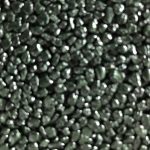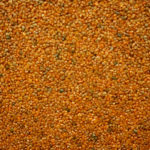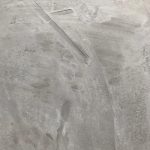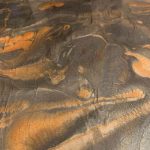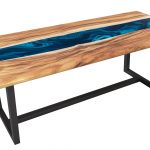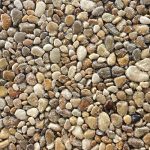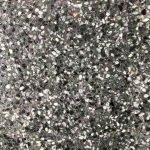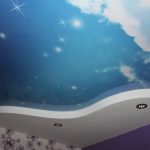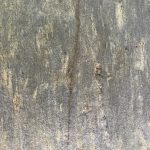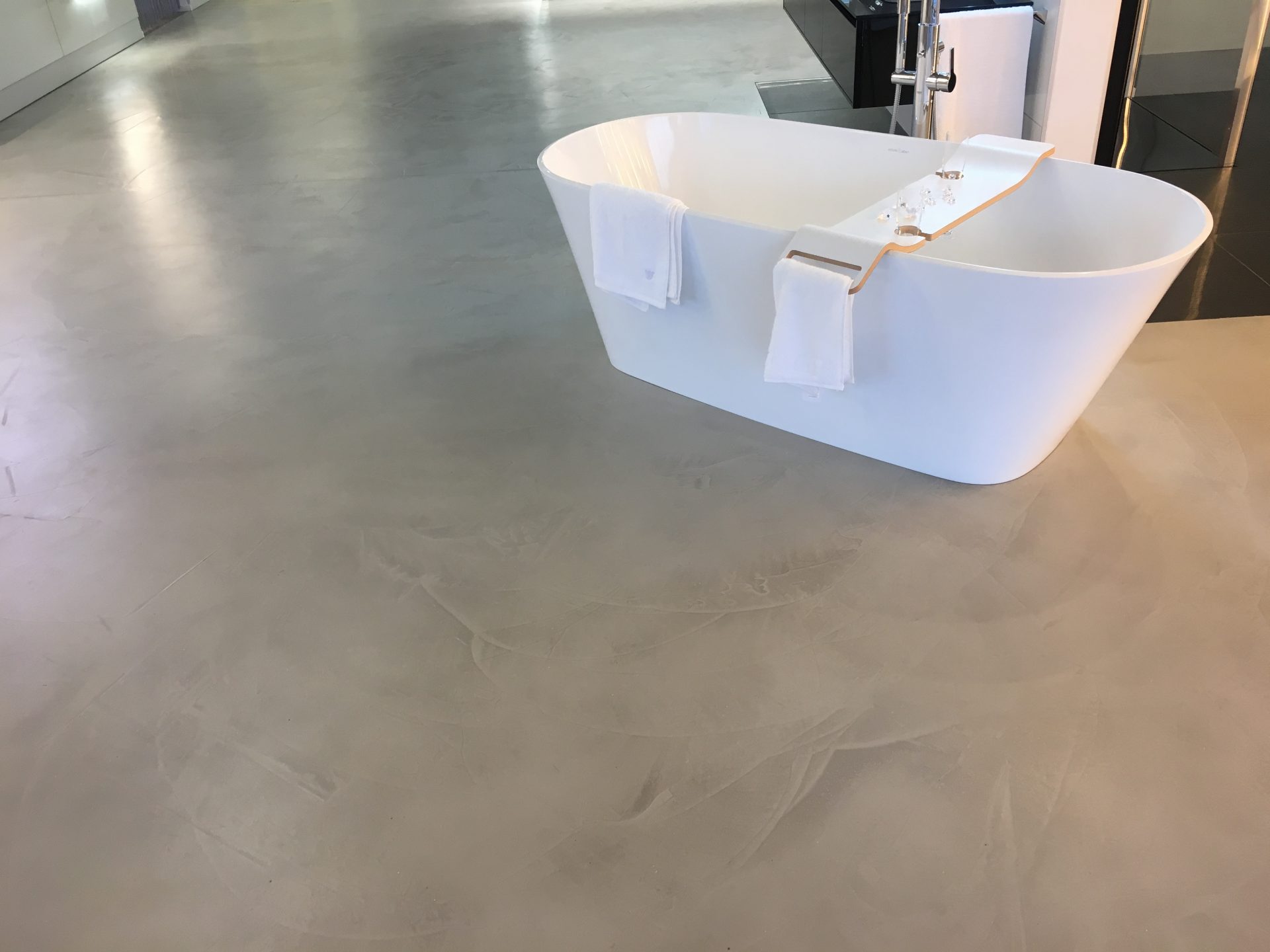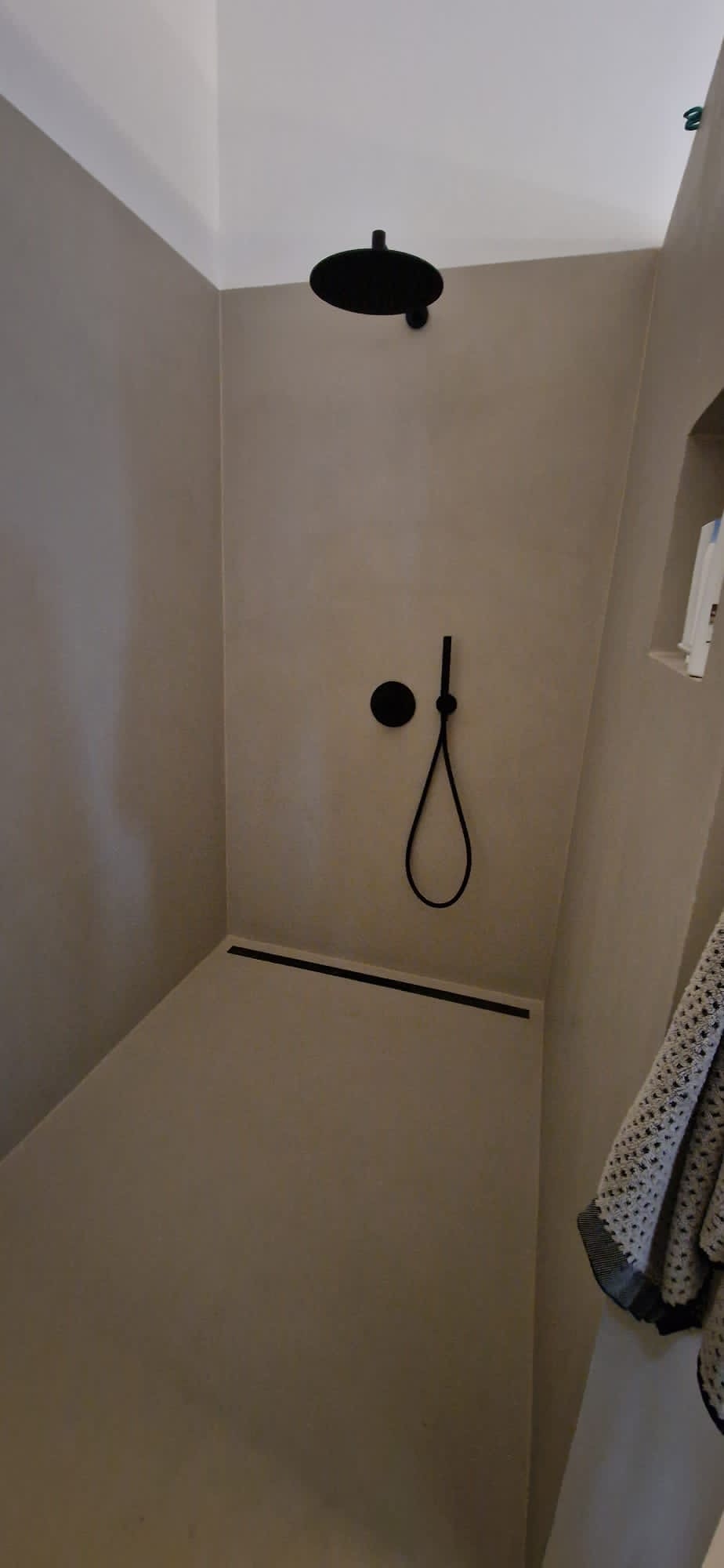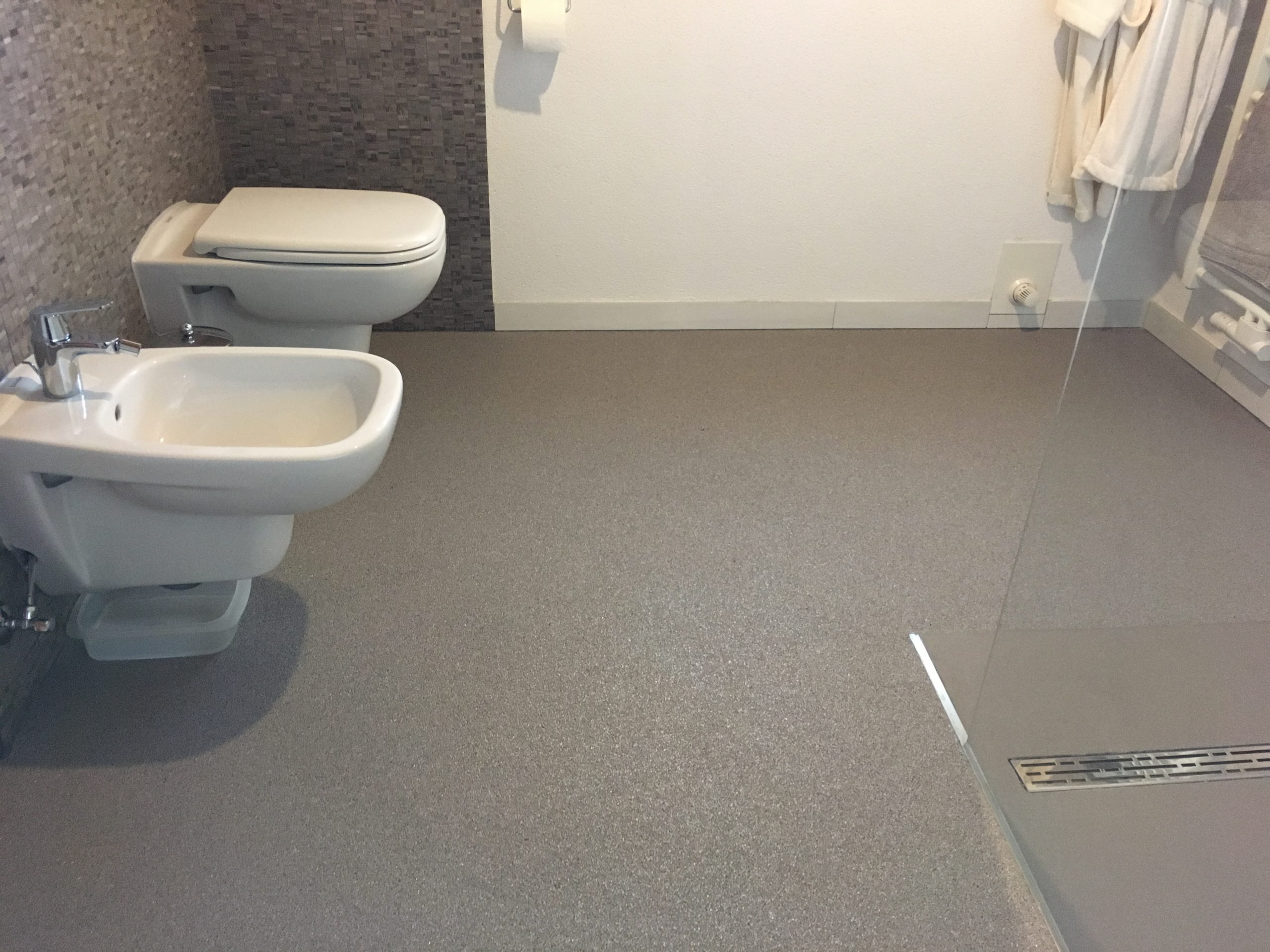Due to the current times, vacationing at home is the trend. This will certainly not change any time soon. That is why many homeowners are now investing in patios and swimming pools. Demand is very high and tradesmen are currently struggling to keep up with requests for stone carpet pool surrounds and terraces. That’s why you can’t start planning your garden conversion into a vacation paradise soon enough to enjoy the coming season. A stone pool surround is the perfect choice for your personal vacation paradise. We show you 7 good reasons why you should also use this flooring system in your garden.
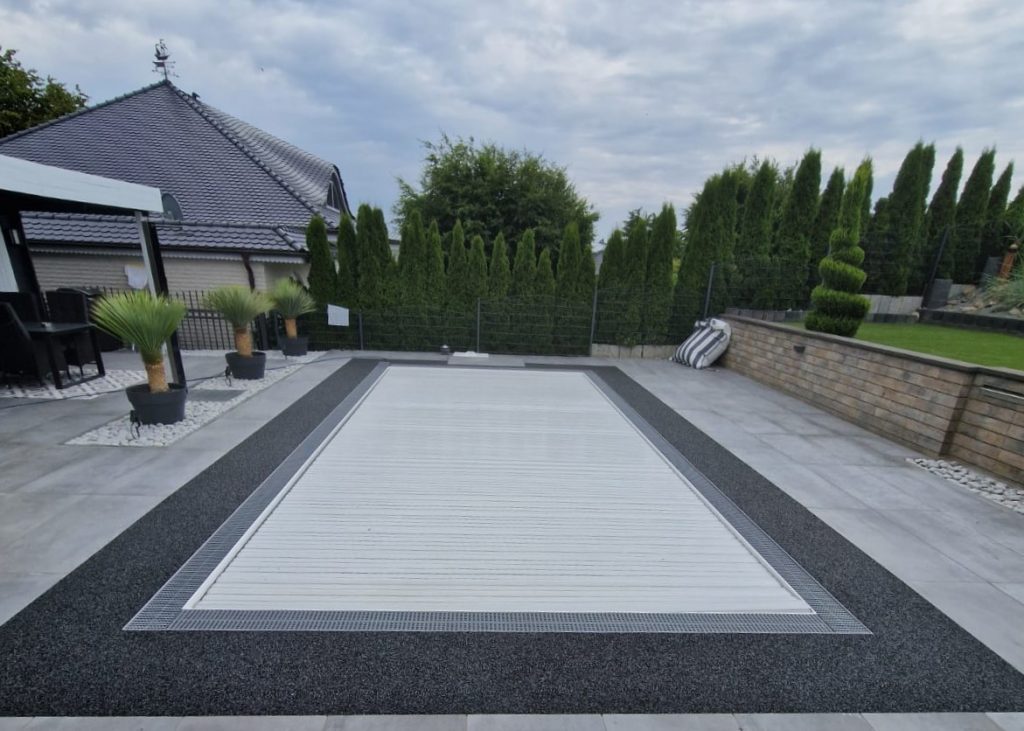
What is the best material for pool surrounds? Best material for pool surrounds
A pool in the garden, a well-kept terrace next to it with sun loungers for relaxing, a cocktail bar in the conservatory – this is how a relaxing vacation atmosphere is created in the garden at home. The private vacation paradise is often planned around the central element: The pool. From small whirlpools to large swimming pools, the possibilities are extremely diverse today. Different shapes and designs make it possible to adapt them exactly to your own feel-good domicile.
Once the pool has been built, however, the question arises as to which material should be used for the edging. How do you integrate the new pool into the garden? How do you combine the indoor area, patio and pool in a visually appealing way? In our opinion, a
Hohes Maß an Trittsicherheit
High level of surefootedness
It goes without saying that the safety of the material comes first. Where people walk, splash and play barefoot, the surface should be splinter-free and non-slip. This is why stone carpet pool surrounds are very popular. A non-slip surface is particularly important around pools to ensure a safe walking experience. Even with water and wet feet, stone carpet pool surrounds are still non-slip and slip-resistant. The reason for this lies in the structure of the stone carpet pool surround.
The gravel used to create the surface gives the finished floor system a fine stone structure through which water can easily flow onto the layer below. This prevents puddles and standing water on the surface of the
Seamless surface
The seamless surface is an additional advantage when installing the stone carpet pool surround. While large patio tiles or wooden planks can quickly become a trip hazard at the transitions, the stone carpet pool surround creates a continuous surface. This is easy on the toes and pleasing to the eye.
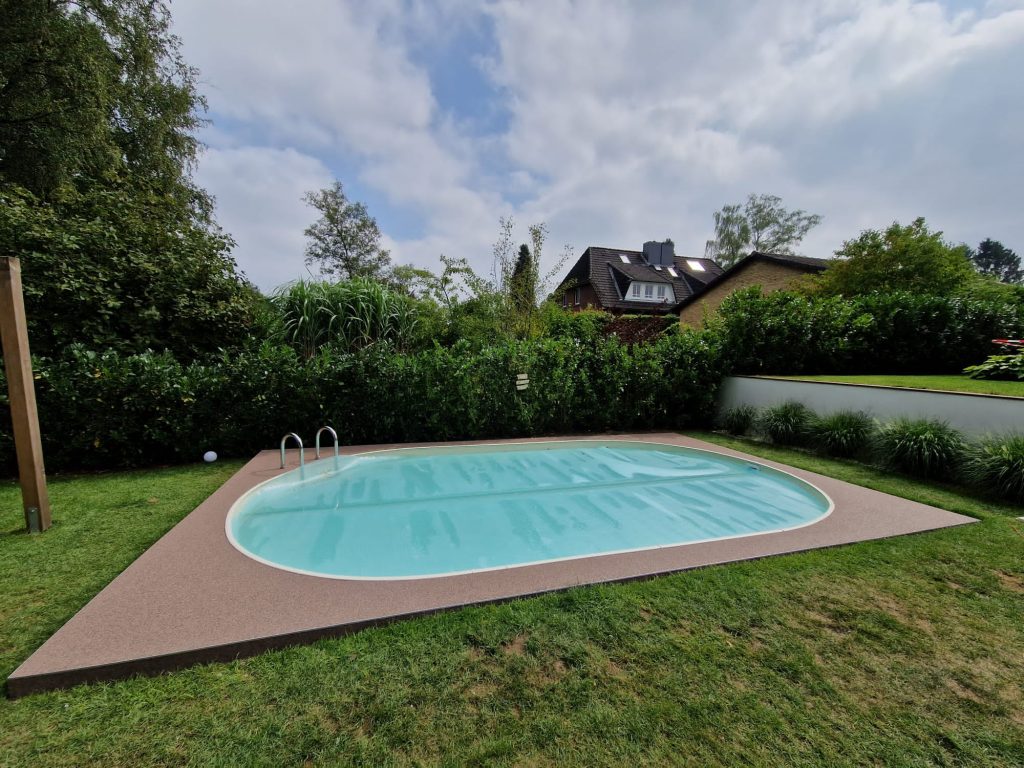
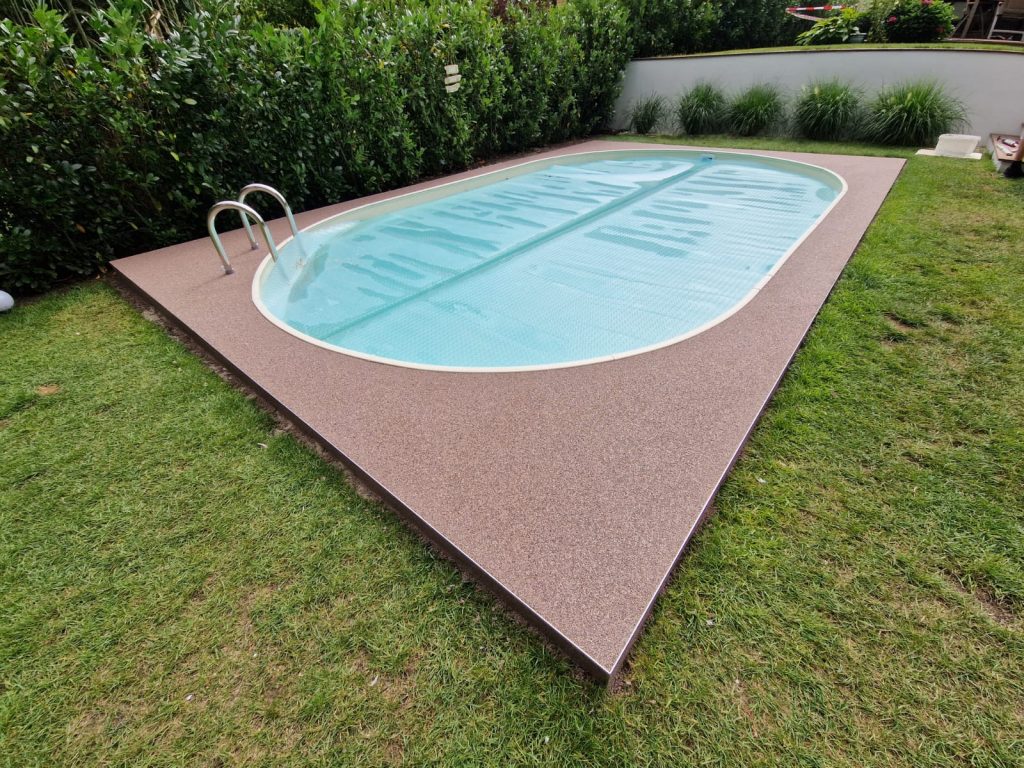
Protects against dirt and slipperiness
The open stone structure also has other positive properties: as water is directed back into the pool within the structure, dirt and leaves are not simply washed into the pool, which reduces the contamination of the pool water.
The open-pored design also helps in winter: the gravel floor is absolutely frost-proof, as freezing moisture within the gravel structure neither causes damage nor creates a slippery surface.
Optimally adaptable to any contour
As a stone carpet pool surround is leveled, there is no need to adapt individual components of the floor to structural conditions. The mixture of gravel and binder is precisely adjusted to every contour using a trowel (for more information, see our interesting articles Laying stone carpet in 6 steps). Existing railings, walls, pool edges or kerbstones can be precisely matched, creating an extremely attractive overall impression. The laborious cutting of tiles and boards is now a thing of the past.
Attractive appearance
In general, a stone pool surround is impressive in every respect: both functionally and in terms of design. The gravel – available as natural marble gravel or fine, lightfast colored quartz gravel – allows you to adapt your outdoor areas exactly to your living style and design requirements. The many gravel colors and the possibility of combining shades make patios and pools an absolute eye-catcher. And an important aspect when designing the garden of your dreams is the need for well-being and an attractive appearance.
Resistant
Signs of ageing are alien to the resistant gravel coating. The open stone structure described above prevents frost damage. The UV-resistant coating of the pebbles ensures that your stone carpet pool surround retains its radiant colors and long-lasting appearance even in strong and prolonged sunlight.
… for a strong appearance!
Easy to care for
In order to maintain the beautiful appearance in the long term, it is important that the flooring system is easy to maintain. Frequent weed infestation between tiles and paving stones as well as discolored surfaces that have been affected by the weather significantly spoil the vacation feeling. It is therefore all the more pleasant if you opt for a particularly easy-care flooring system with a stone pool surround. Weeds have no chance of spreading in the joint-free gravel structure. Unavoidable soiling such as leaves can simply be vacuumed or swept away. For heavier soiling, a brush attachment on the high-pressure cleaner helps to clean the gravel floor down to the depths.
Non-binding Cost estimate
Link collection
- Stone carpet product page
- Quartz gravel product page
- Qubo®Tec product page
- Worth knowing: 28 strong advantages of stone carpeting indoors
- Worth knowing: Where do I buy stone carpet?
- Worth knowing: Renovating and refurbishing terraces and balconies
- Worth knowing: Quartz floor made from colored quartz
- Wissenswertes: Steinteppich verlegen in 6 Schritten
- Worth knowing: Cleaning and maintaining stone carpets
First and foremost, the area of application determines the pricing. However, the cost of a stone carpet depends on many different factors, including
- the type of binder required
-
from the primer
-
the choice of skirting boards, for example, if these are also made of gravel
-
from the labor costs of the professional installer
-
the size of the area to be laid
In outdoor areas, the costs are higher because the substrate needs to be sealed and the marble gravel needs to be laid with a UV-resistant binder.
In most cases, colored quartz or marble gravel is used for the production of gravel coatings. Both materials are also suitable for creating a stone pool surround.
However, there are considerable differences in the quality of the gravel, such as the proportion of dust in the material or the types of marble used.
Mica additives and various precious and semi-precious stones can be added, but this is another cost factor.
Colored quartz is available in the following grain sizes:
-
1–2 mm
-
2–3 mm
- 3–4 mm
Marble gravel is available in the following grain sizes:
-
1–4 mm
-
4–8 mm
- 8–15 mm
Typically, a quartz grain size of 2 – 3 mm or a marble gravel grain size of 1 – 4 mm is selected. However, larger gravel sizes are also conceivable, especially for stone pool surrounds.
Of course, the choice of gravel grain size has an effect on the laying thickness of the gravel floor.
The laying thickness of the floor depends on the gravel grain size and the area of application. Normal quartz gravel with a grain size of 2 – 3 mm can be laid indoors with a thickness of 6 mm.
An installation thickness of 8 mm is used outdoors and on stairs indoors due to the load.
Finally, 10 mm of material is applied to external stairs.
Vertical surfaces such as risers, skirting boards and walls are always laid in 6 mm.
The larger the grain size of the gravel, the higher the installation height of the floor covering. This means that more gravel and additional binder is required per m². The price increases accordingly.
The primer forms the bonding bridge between the building structure and the gravel floor. The material can be applied to almost any substrate, for example tiles, wood, stone, concrete and metal. Different substrates require different preparation steps.
On tiles and metal, for example, a primer is required to give the smooth surface stability during installation.
On porous stone and absorbent screed, the appropriate primer must be used to prevent the binder from being absorbed, which is intended to ensure that the pebbles remain in place.
To coat wooden planks with a gravel floor, the movement of the planks against each other must first be stopped. To do this, the installer first applies a mesh mat to the wooden floor. Once the filler has dried, the gravel floor is applied.
For reasons of hygiene, the stone carpet should be fitted with a pore seal, especially in kitchens and bathrooms. It prevents leaked, sticky liquids from penetrating the gravel floor. While it is difficult to remove liquids that have penetrated an open floor, the pore seal enables effortless cleaning by wet mopping.
Dogs, cats and co. feel much more comfortable on the textured surface of a gravel floor than on smooth floor coverings such as tiles or laminate, as they do not slip on the gravel texture. However, it is advisable to apply a pore sealant to the floor in the
-
High drainage capacity due to the open-pored structure (especially as a stone carpet around pools or in driveways)
-
Quick drying in sun and wind
-
Easy to clean and self-cleaning
-
100% frostsicher
-
UV-stabil
- Gentle, massage-like walking comfort when walking barefoot
The most important thing when laying gravel floors in outdoor areas is preparing the substrate. This ensures the durability of the finished floor.
On the one hand, this is because a primed subfloor provides significantly increased adhesion for the filled gravel. On the other hand, a sealing layer keeps rainwater away from the building structure, for example, which supports long-term durability.
Options for sealing building structures are
- Sealing using an epoxy resin seal with sealing membrane
- Sealing using a flex sealing slurry
In order to drain rainwater effectively, the floor covering is laid with a gradient of at least 1.5%. The same applies to a stone carpet pool surround to guide water back into the pool.
No, in outdoor areas, the gravel coating is always laid as an open system to ensure drainage capacity and thus the drainage of water. This makes gravel floors 100% frost-proof and therefore ideal as a stone pool surround and as a covering for balconies, terraces, entrance areas, outdoor steps and loggias.
We would like to point out that we do not recommend stone carpets in the direct shower area. The reasons for this can be found in the basic structure of the floor and the wet room. Just as the tile adhesive under a tile does not form a completely flat surface without air pockets, pores also remain underneath a sealed stone carpet.
If, after years, a silicone seam leaks and water from a fitting, for example, penetrates between the wall or floor covering and the seal of the building structure, the transparent pore seal reacts with the water and forms white stains. As these occur underneath the seal, they cannot be wiped away or removed by drying.
This is why insurance companies do not classify stone carpets as suitable for wet rooms and do not replace such coatings in the event of damage.
We therefore recommend microcement coatings for showers. With these, there is no water-bearing layer between the floor covering and the substrate, so there is no risk of under-moisture.
Due to the many customization options of microcement, it can also be combined with stone carpet. Simply contact us for more information.
Yes. A staircase coated with stone carpet already has a slip resistance class of R10 after installation.
Special sealants can be used to increase the slip resistance class to R11 or R12.
Depending on the design of the staircase, renovations are possible within 3-5 days. For a more precise determination of the duration of your construction project, simply contact us.
All our gravel floors use natural stones as the base material. This is why many people also refer to stone carpeting as natural stone carpeting.
The gravel is available natural and colored.
FAQ
Details and facts, key figures and explanations – here you will find answers to frequently asked questions about our Qubo® coating systems. If any details remain unclear, simply contact us. We will be happy to advise you personally and promptly.

